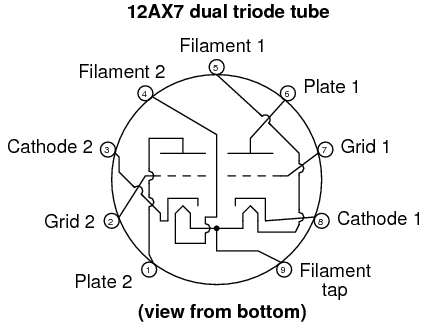I14R10
Full Member level 3

For a long time I have had a wish to experiment with vacuum tubes. Mainly with audio amplifier circuits. I am not a complete beginner to electronics. I soldered many circuits, experimented with electrical oscillators, made FM bug transmitters. Blew up (literally) some transistors, fried many more, fried few mobile phones, made Tesla Coil, made antennas for my ham radio, disassembled my radio to clean VFO and successfully put it back... Nothing with tubes except I changed one driver tube in my radio.
How hard is it to make tube work? Meaning, how hard is it to set it up so you can make simple one tube amplifier? I read a bit about that type of amplifiers and I know basics.
How fragile are they? Is it easy to fry them?
How hard is it to make tube work? Meaning, how hard is it to set it up so you can make simple one tube amplifier? I read a bit about that type of amplifiers and I know basics.
How fragile are they? Is it easy to fry them?



